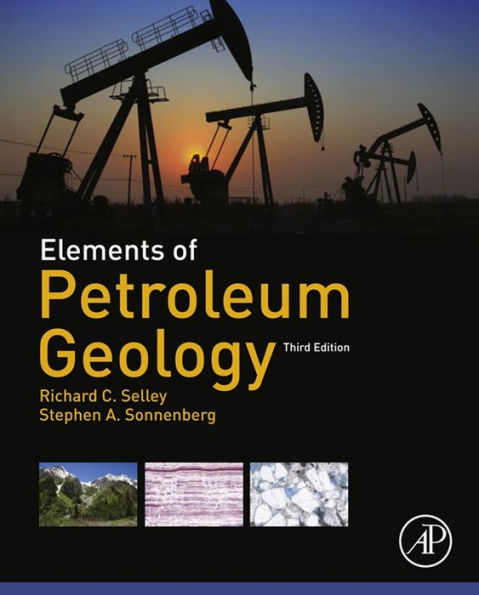An introductory text for university courses in petroleum geoscience, also useful as a reference for professional petroleum geoscientists and engineers. Emphasis is on petroleum geology, with additional material on geophysics and petroleum reservoir engineering. Coverage includes methods of exploration, the subsurface environment, generation and migration of petroleum, sedimentary basins and petroleum systems, and nonconventional petroleum resources. Includes b&w photos, many tables, maps, and diagrams, a glossary, and an appendix of units and conversion factors. This edition takes into account advances in concepts and technology over the past 15 years. Annotation c. by Book News, Inc., Portland, Or.
"...this book is extremely well written and easy to read...I would highly recommend this book as an excellent introduction to the field in university courses, to those new in petroleum industry, to nongeoscientists working with geologists, and those interested in a review of petroleum geology. I recommend Selley's text for its easy and clear text and 332 illustrations, especially for college students and those interested in concise review. This text will carry forward aspects of petroleum geology into the XXI century." —Marcio R. Mello, Center of Excellence of Geochemistry
"This comprehensive, stimulating book conveys information with intelligence, clear illustrations, and marvelous wit. The author writes with clarity and authority and with a grasp of the subject matter that is lightly presented." —Fouad Michael, Western Geophysical, Houston, Texas, THE LEADING EDGE
"...an authoritative piece of work written by an author with over 30 years experience. If you require an overview of petroleum geoscience, I recommend you buy the Elements of Petroleum Geology." —Giancario Rizzi, Core Carbonates, PESGB REVIEW
"Works well as a college-level introductory text and as a reference for informed nongeologists, such as geophysicists or petroleum engineers." —AMERICAN ASSOCIATION OF PETROLEUM GEOLOGISTS
"An excellent [and] very readable text for final year undergraduates." —NATURE
"An excellent book, ideal for the inexperienced, and a good review for those who have been around for a while." —SOCIETY OF EXPLORATION GEOPHYSICISTS
"An introductory text for university courses in petroleum goescience, also useful as a reference for professional petroleum geoscientists and engineers. Emphasis is on petroleum geology, with additional material on geophysics and petroleum reservoir engineering. Coverage includes methods of exploration, the subsurface environment, generation and migration of petroleum, sedimentary basins and petroleum systems, and nonconventional petroleum resources. Includes black and white photos, many tables, maps, and diagrams, a glossary, and an appendix of units and conversion factors. This edition takes into account advances in concepts and technology over the past 15 years." —REFERENCE & RESEARCHING BOOK NEWS
"An authoritative piece of work written by an author with over 30 years experience of petroleum geoscience, I recommend you to buy Elements Of Petroleum Geology." —PETROLEUM EXPLORATION SOCIETY OF GREAT BRITAIN



